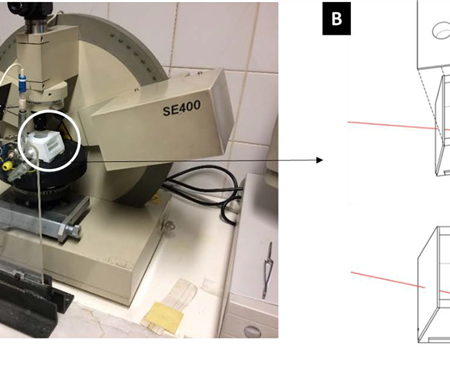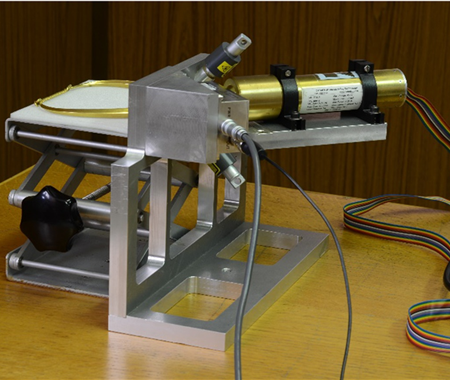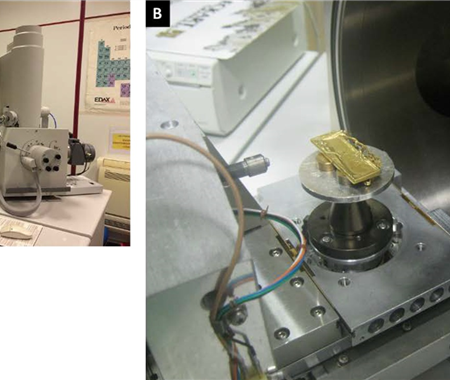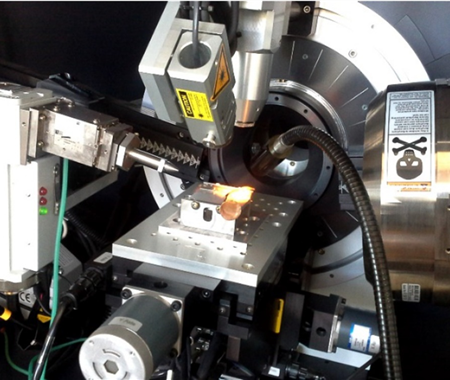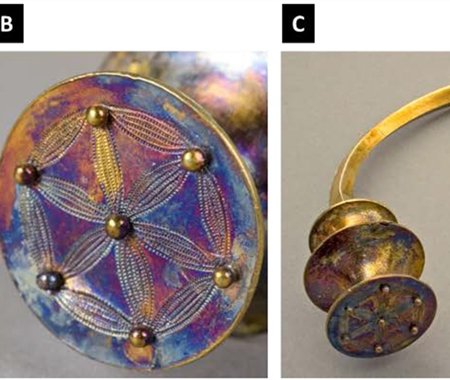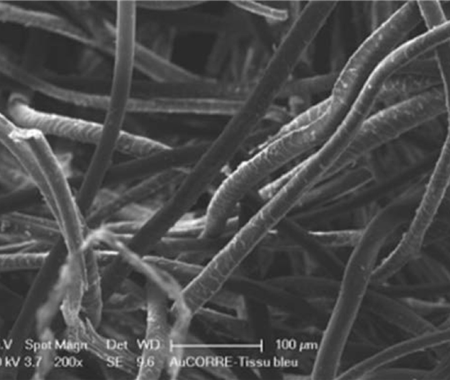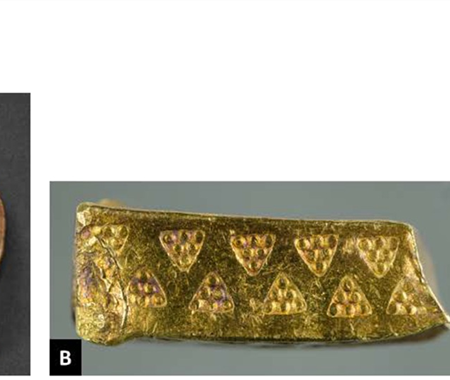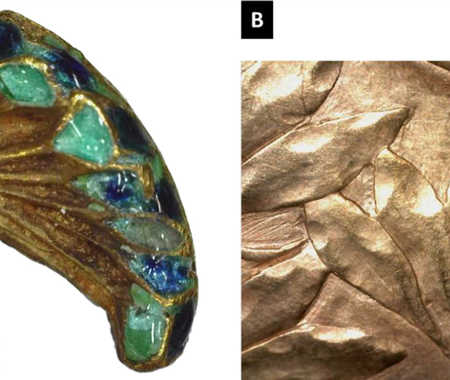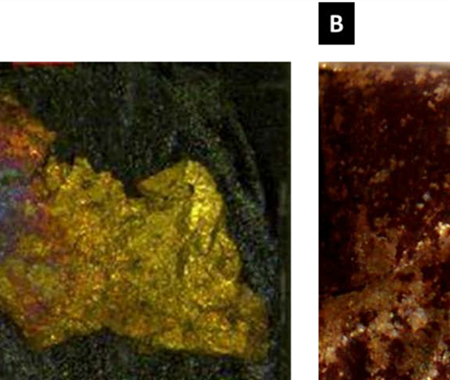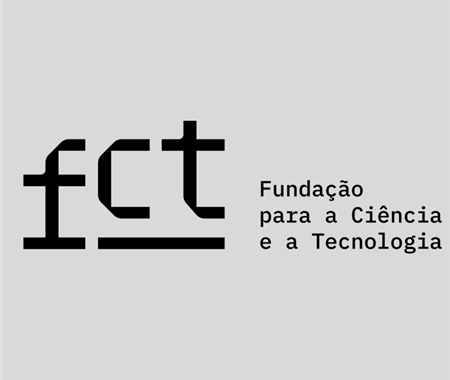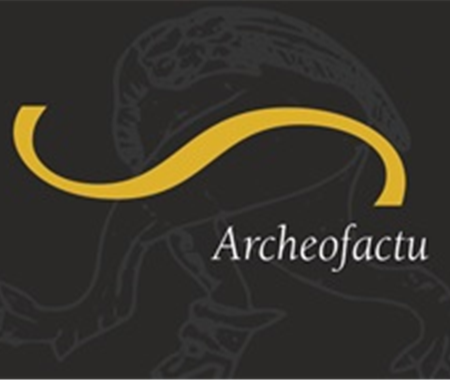Participation in the research project (2012-2017), called "Study of products and corrosion mechanisms from gold alloy objects to the development of conservation strategies for jewellery collections with cultural interest", for granting a PhD Scholarship in a business context, given to Isabel Tissot, by the Portuguese Foundation for Science and Technology and the company Archeofactu - Archaeology and Art, Ltd., under the scientific guidance of Maria Filomena Guerra and Maria Luisa de Carvalho Leonardo.
The identified research, hosted by the Centre for Atomic Physics, University of Lisbon, enrolls within the conservation and restoration of heritage for development of the study and research on methods of analysis and preservation of gold objects and its alloys, in order to obtain an intervention solution for this type of objects conservation and plans for preventive conservation of jewellery collections in museological context.
http://hdl.handle.net/10451/35143

